A journey around some of the world's largest countries can span thousands of miles, encompassing diverse climates, languages, and cultures. However, there exists a clutch of microstates that you could traverse by foot in less than a day, yet they hold rich histories and cultures disproportionate to their size. Here, we take a closer look at the five smallest nations around the globe, where grandeur defies size.
Discover Vatican City: The Religious Epicentre
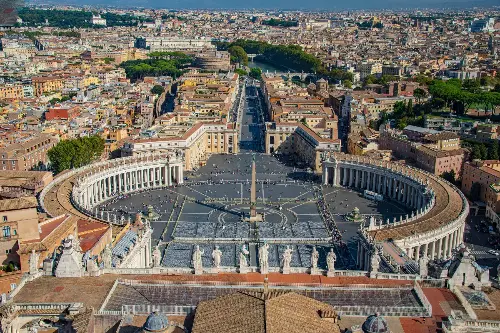
At just 44 hectares, Vatican City holds the title of the smallest independent state in the world, both by area and population. Nestled within Rome, it's the spiritual and administrative epicentre of Roman Catholicism, home to the Pope and a treasure trove of iconic art and architecture. The Vatican's most famous sites include the jaw-dropping Sistine Chapel, adorned with Michelangelo's masterful ceiling paintings, and St. Peter's Basilica, perhaps the most renowned work of Renaissance architecture. While its influence on the world stage is significant, its physical footprint remains charmingly minute.
Marvel at Monaco: Glamour on the Riviera
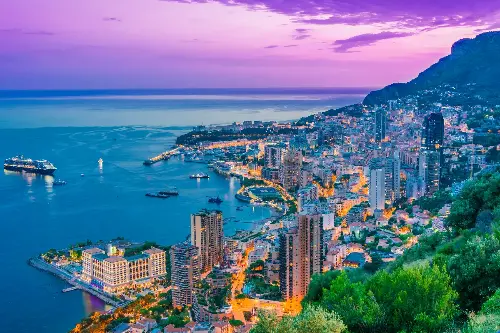
Second on our list is Monaco, known for its opulence, casino, and as a playground for the rich and famous. Covering just 2.02 square kilometres, this independent microstate is situated on the French Riviera. Despite its diminutive size, it boasts an impressive GDP per capita, thanks to its status as a tax haven. Monaco's Grand Prix is a highlight of the Formula One calendar, and its harbour is dotted with some of the world's most luxurious yachts. The principality's allure lies in its unique blend of high-stakes glamour and Mediterranean charm.
Nauru's Hidden World: Pacific Island Mystery
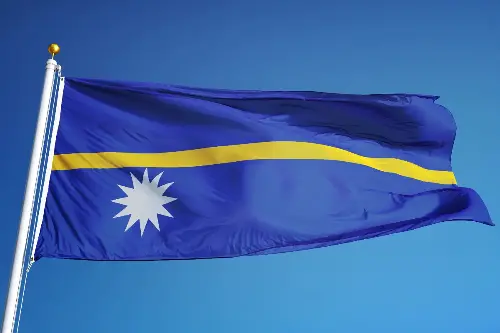
A remote island country in Micronesia, Nauru's 21 square kilometres makes it the smallest island nation and the third-smallest country by area. With a population just short of 11,000, it also ranks as the second-least populated country. The economy of Nauru has been historically tied to phosphate mining, which has dramatically reshaped its landscape. What it lacks in landmass, it makes up for with intriguing history and environmental challenges, making it a unique case study in Pacific geopolitics and ecological conservation.
The Unique Charm of San Marino: Ancient Independent Republic
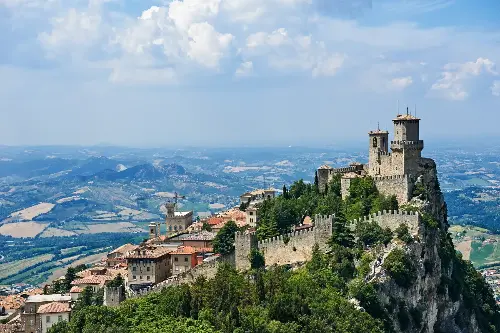
San Marino proudly holds the record for the world's oldest surviving sovereign state and constitutional republic, having been founded on 3rd September 301. Perched atop Mount Titano, it spans just over 61 square kilometres in land area. This microstate is enveloped by Italy, exhibiting a scenic landscape dotted with medieval architecture, cobbled streets, and three iconic towers that serve as both fortresses and symbols of the republic. San Marino's longevity and tourist appeal lie in its enduring tradition and sovereignty.
Tuvalu: Rising Above the Tide
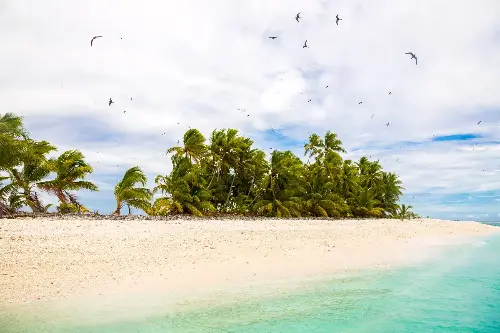
Our list concludes with Tuvalu, an island nation in the Pacific Ocean. With a land area of only 26 square kilometres, it's the fourth-smallest country in the world. Its atoll islands and reef islands are home to around 11,000 people, whose lives are intimately connected to the ocean. The threat of rising sea levels places Tuvalu at the frontline of global climate change discussions, adding an existential edge to its serene beauty. Its government, culture, and resilience offer a powerful narrative of survival and adaptation amidst environmental adversity.
Unveiling the Appeal of Tiny Territories
What these miniature countries lack in size, they more than compensate for in fascination and diversity. From the religious prominence of Vatican City, the luxury of Monaco, the forgotten mystery of Nauru, the ancient splendour of San Marino, to the ecological battlegrounds of Tuvalu, each boasts an undeniable charm and significance far beyond their geographic constraints.
The magnificence of these diminutive nations is a reminder of the rich tapestry of our world's cultural and political landscapes. The intrigue of their existence challenges the notion that bigger is better, offering instead a unique perspective on the role and influence of small territories in the broader international context. Whether you're inspired by their history, drawn to their culture, or concerned for their environmental future, the five smallest countries around the globe provide a rich narrative that promises educational and engaging exploration for curious minds.
